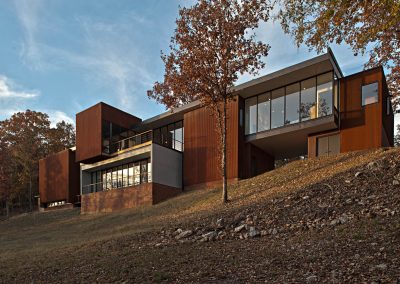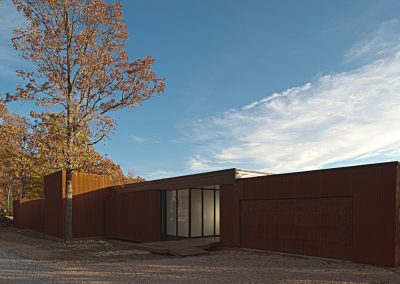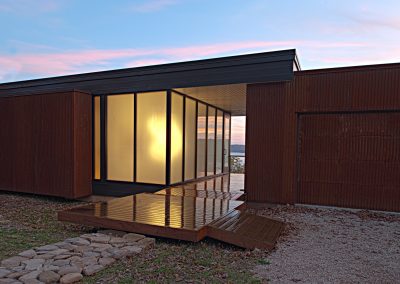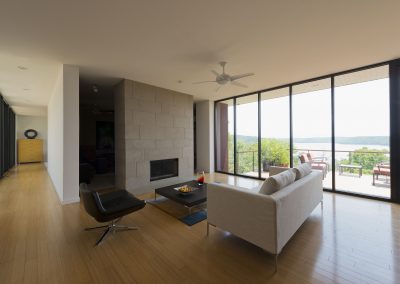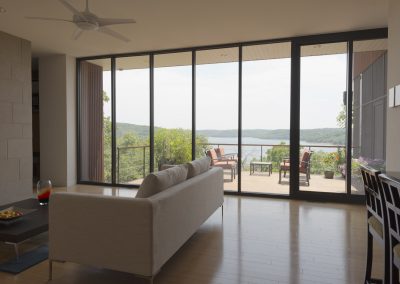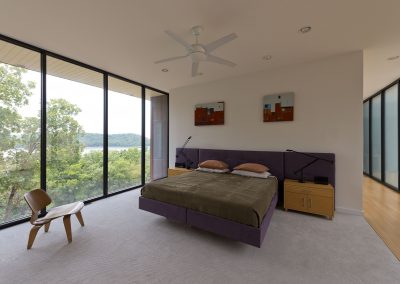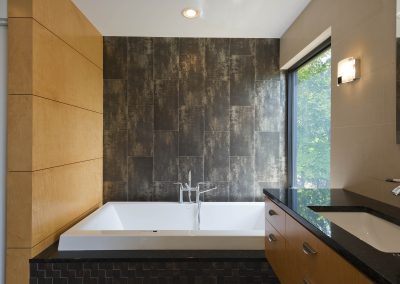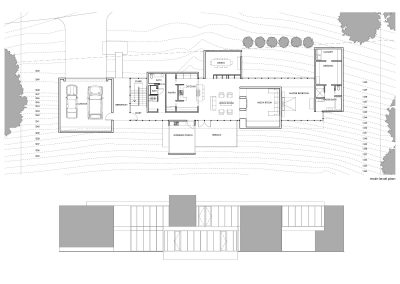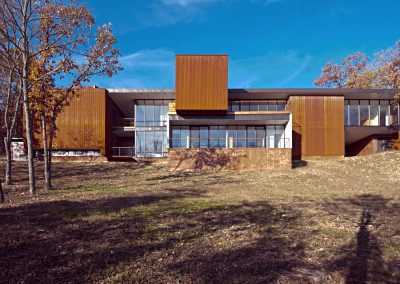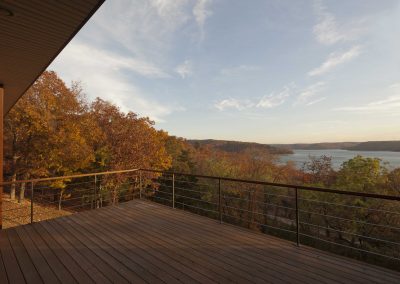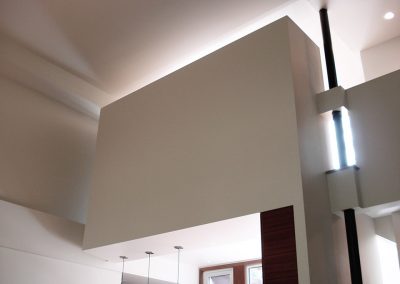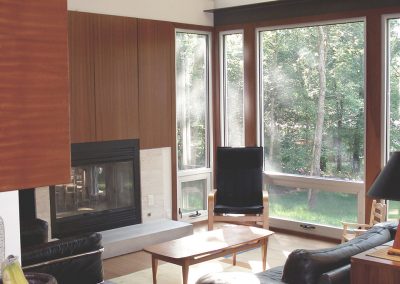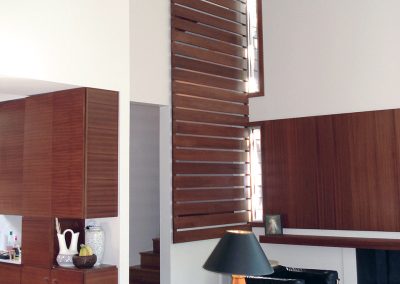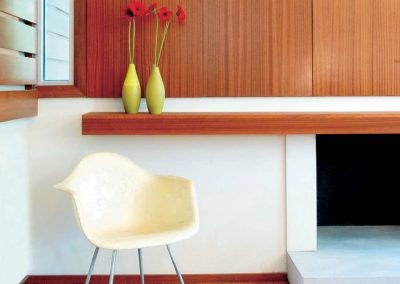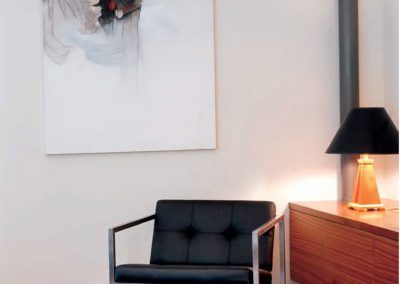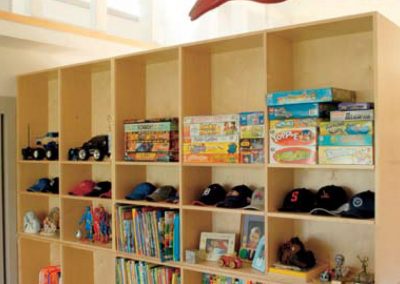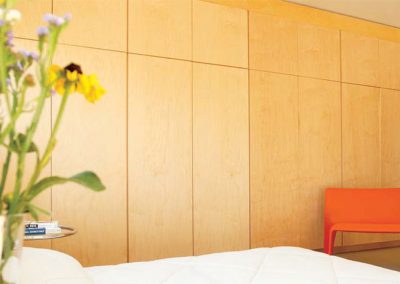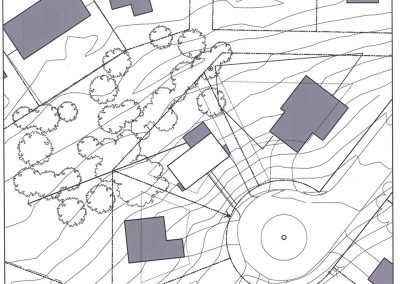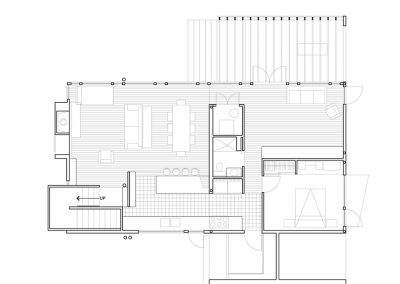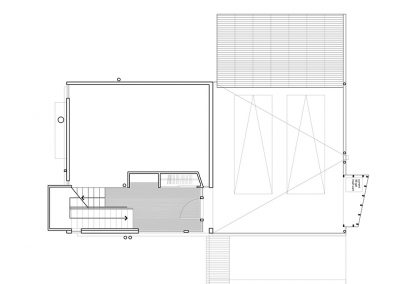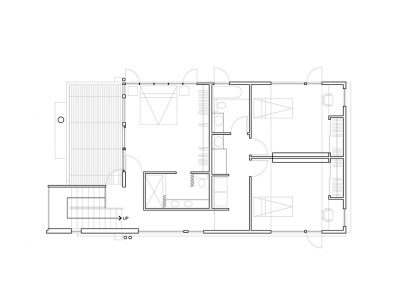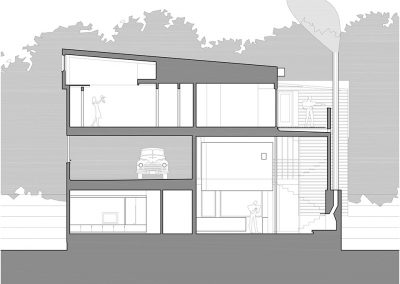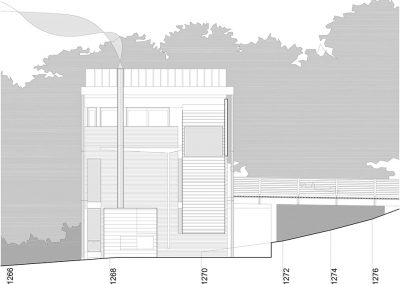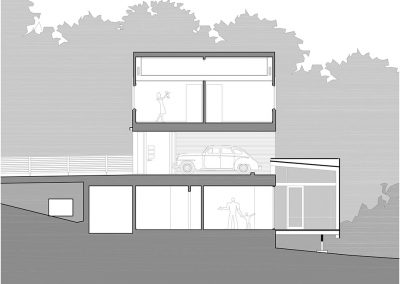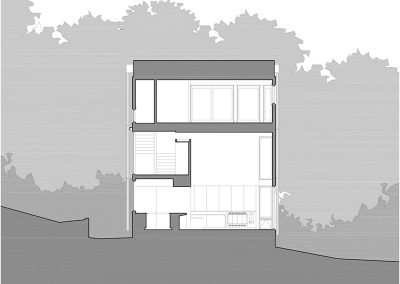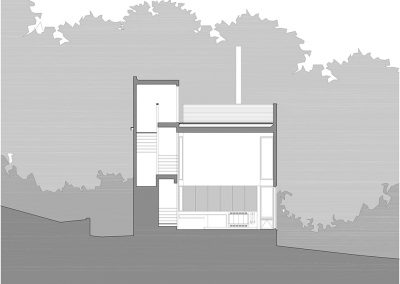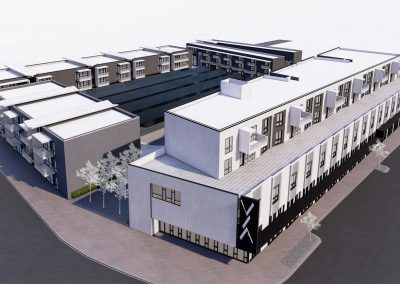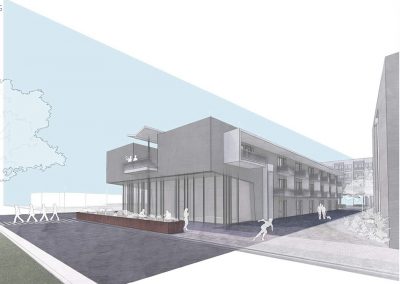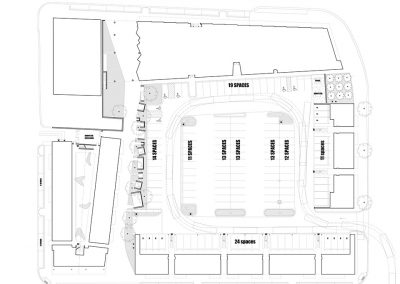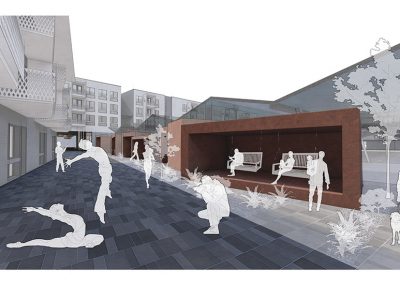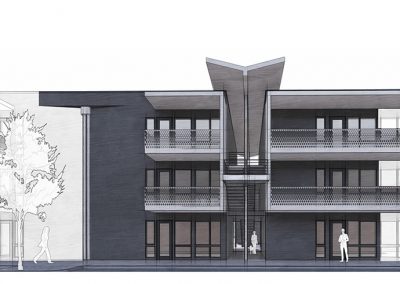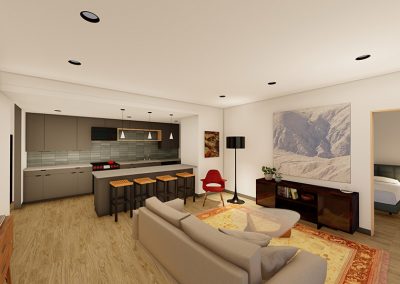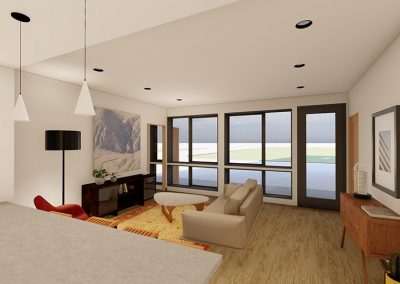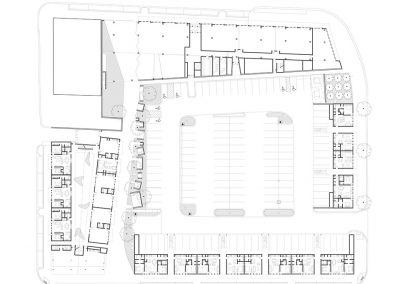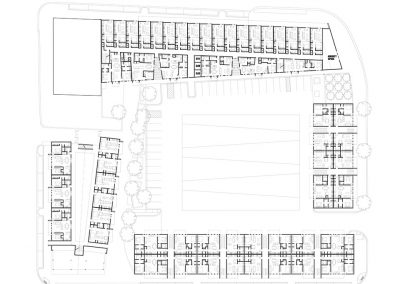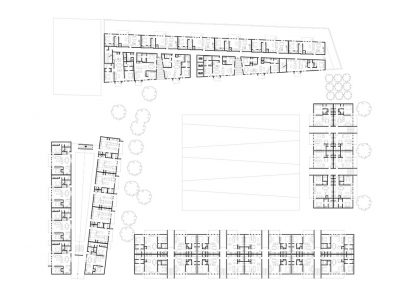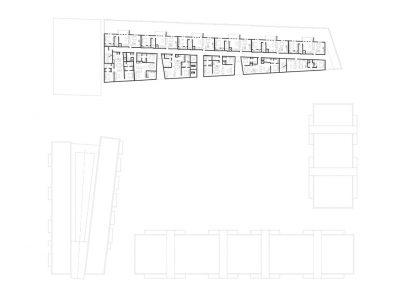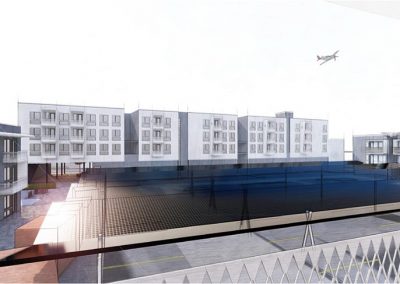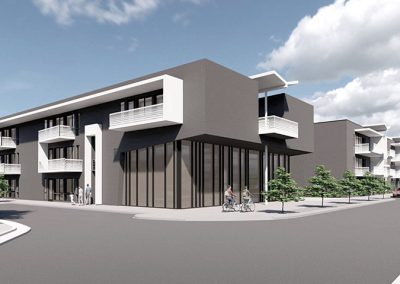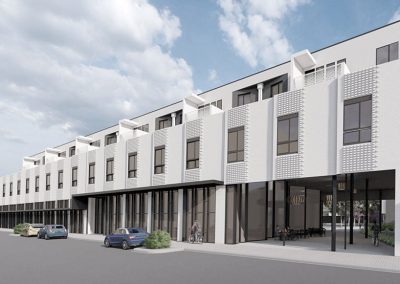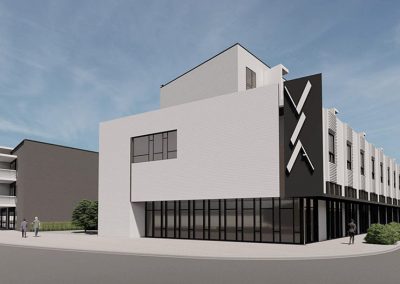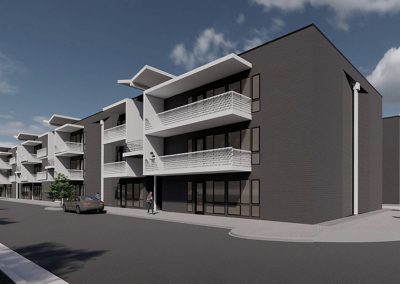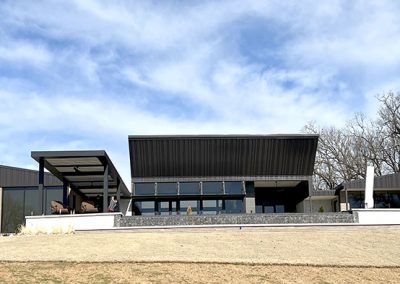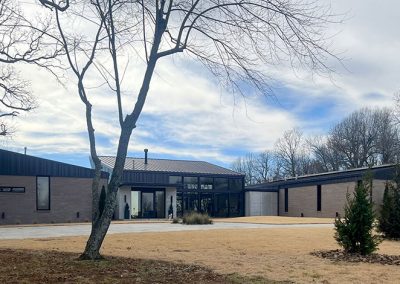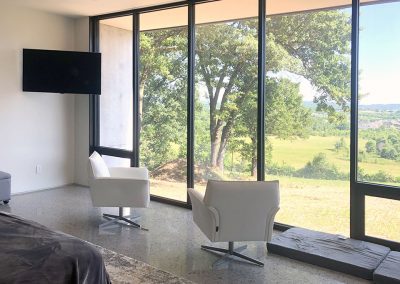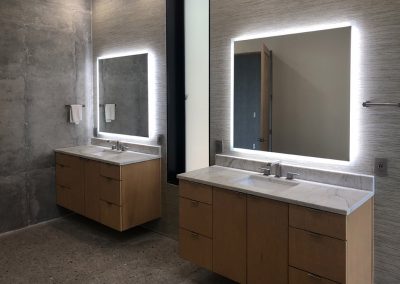
Portfolio
HA House
‘Like’ and ‘like’ and ‘like’—but what is the thing that lies beneath the semblance of the thing?…There is a square; there is an oblong. The players take the square and place it on the oblong. They place it very accurately; they make a perfect dwelling place.”
Virginia Woolf, The Waves
This was a creative collaboration with Bradley Edwards in the earliest days of A226.

Quantum House
‘“The measuring device has been constructed by the observer, and we have to remember that what we observe is not nature in itself but nature exposed to our method of questioning.”
Werner Heisenberg, Physics and Philosophy

VIA
Cities are about connections. The public spaces of the city—streets, parks, and plazas—are places of movement through, around, and within the urban system. Urban networks serve as the stage for all kinds of events: two strangers in a chance encounter, old friends taking some time to exchange gossip, a parent teaching a child how to ride a bike, or a group of schoolkids going from somewhere to someplace. Cities are full of somewheres and someplaces, and the network for moving from one to the next connects them all.
This mixed-use development fosters the idea of connection by incorporating numerous ways of moving through the block from Emma Avenue, Springdale’s commercial heart, to the new Luther George Park. These ways, or “vias” both organize the block and connect it to the larger spatial networks of the city.
With 132 apartment units and new commercial spaces along Emma Avenue, VIA adopts geometric clarity and compositional strength reflecting Springdale as it is now and what it aspires to become in the future. The four separate buildings adopt uncomplicated massing that articulated through precisely cut openings that address the relative scale of the perimeter streets and they are enlivened with sculptural projecting balconies.
The buildings exhibit variations on a common theme that is unique to their internal organization and location within the block. In this way, the buildings are not monotone nor are they screaming for attention. Instead, they are quietly talking to one another like old friends.
A226 is the design architect with MODUS Studio and BUF Studio as architects of record.
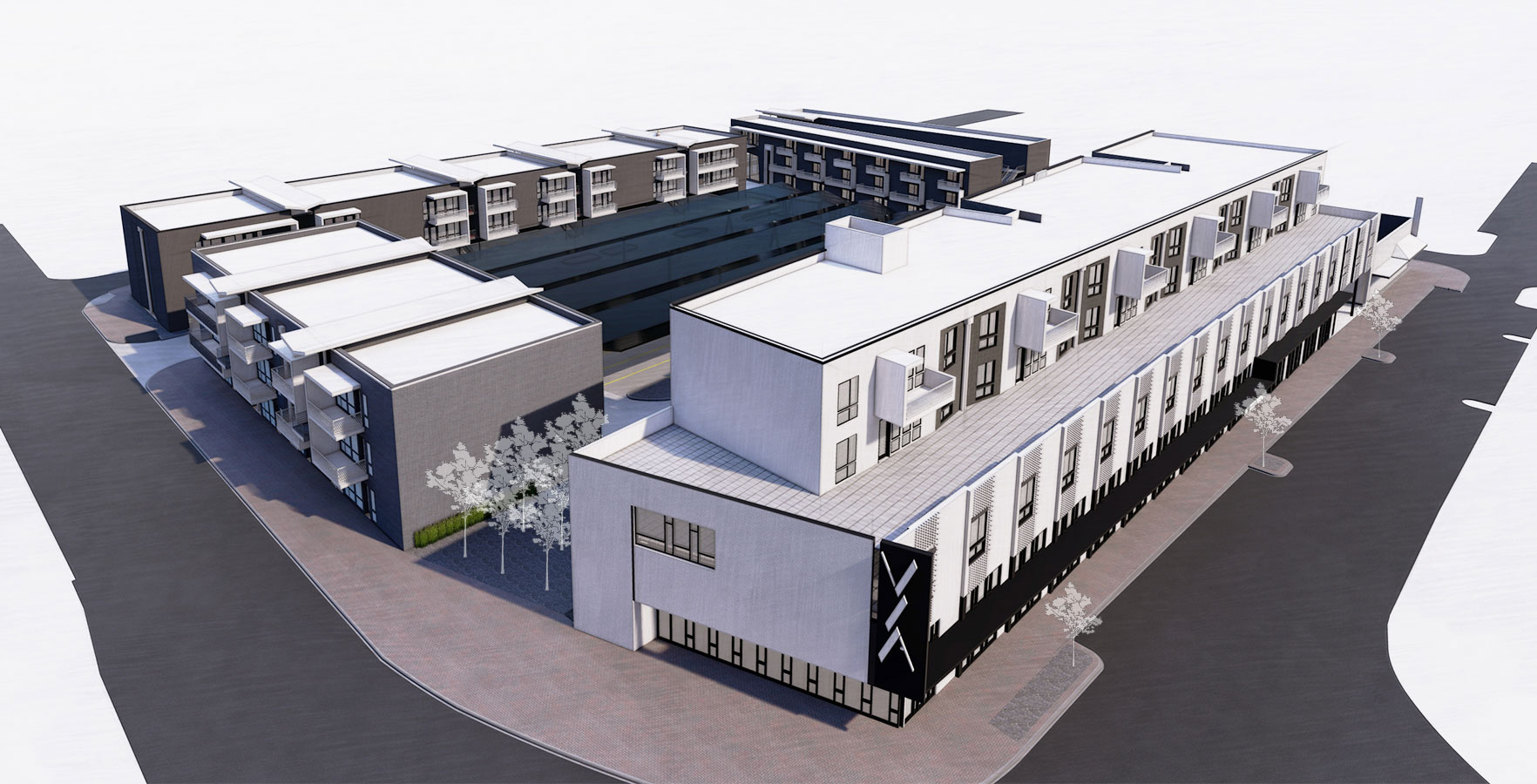
Honey House
“According to Posidonius, the stoic…man’s ultimate purpose was to live in contemplation of the order of the universe, cooperating as far as possible in bringing it about.”
Indra Kirgis McEwen, “Vitruvius: Drawing the Body of Architecture”
The single-family house consists of a Main Bedroom wing and a Guest Bedroom wing joined by a transparent volume serving as both barrier and gateway from the forecourt to the terrace. The mono-slope roofs recall the typical Roman domestic impluvium in the forecourt and the exaggerated eaves substantiate the radical scale shift from the interior spaces to the expansive view.
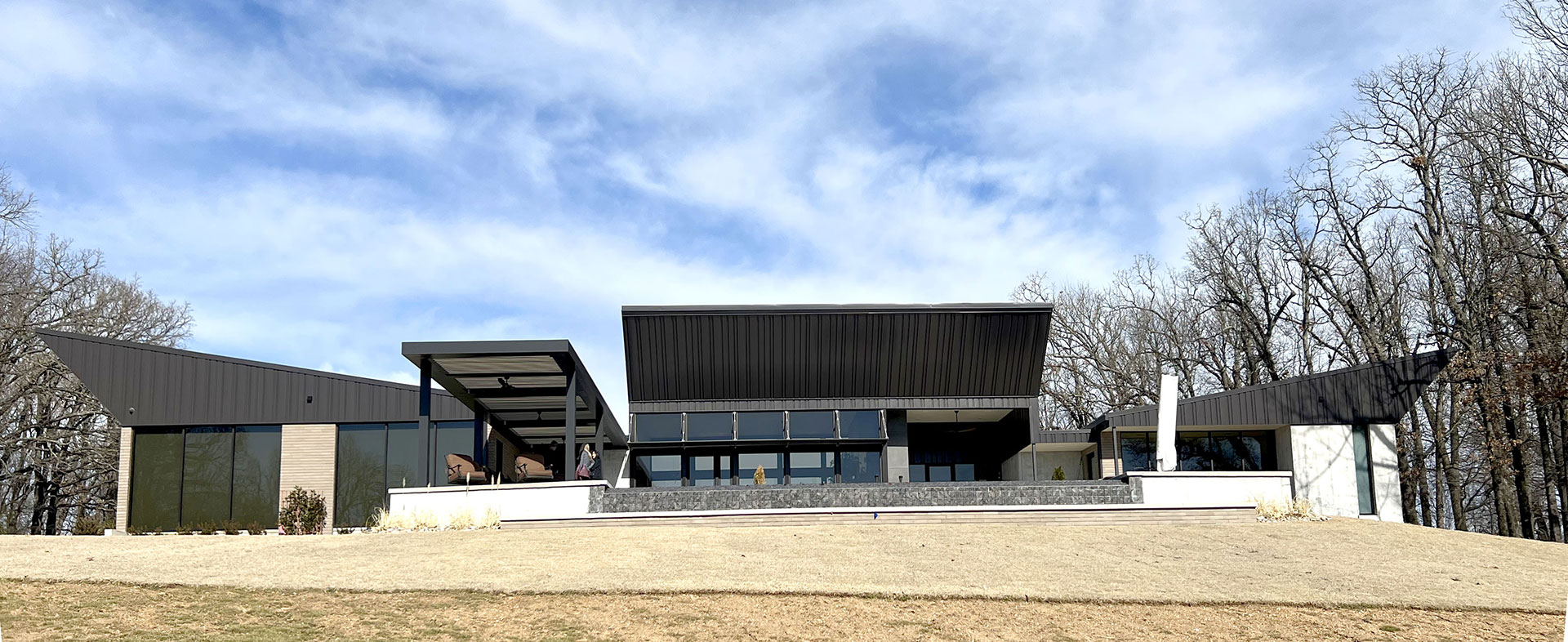
About Us
It is grounded in and transcends a specific place. It is physical as well as spiritual. It is transient and it is timeless. It is solid and void, light and shadow, material and space. Above all, architecture at the core is not “about” something, it simply is—clear and confident. Architecture like that is challenging and elusive, but a firm belief that it is possible motivates our work and guides our search.
